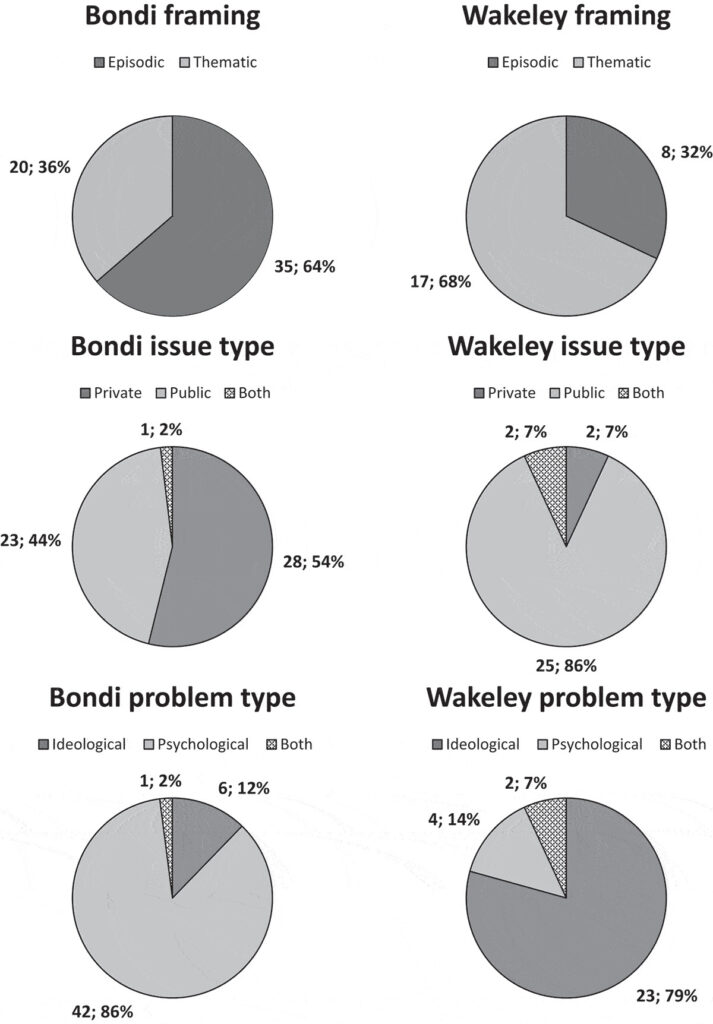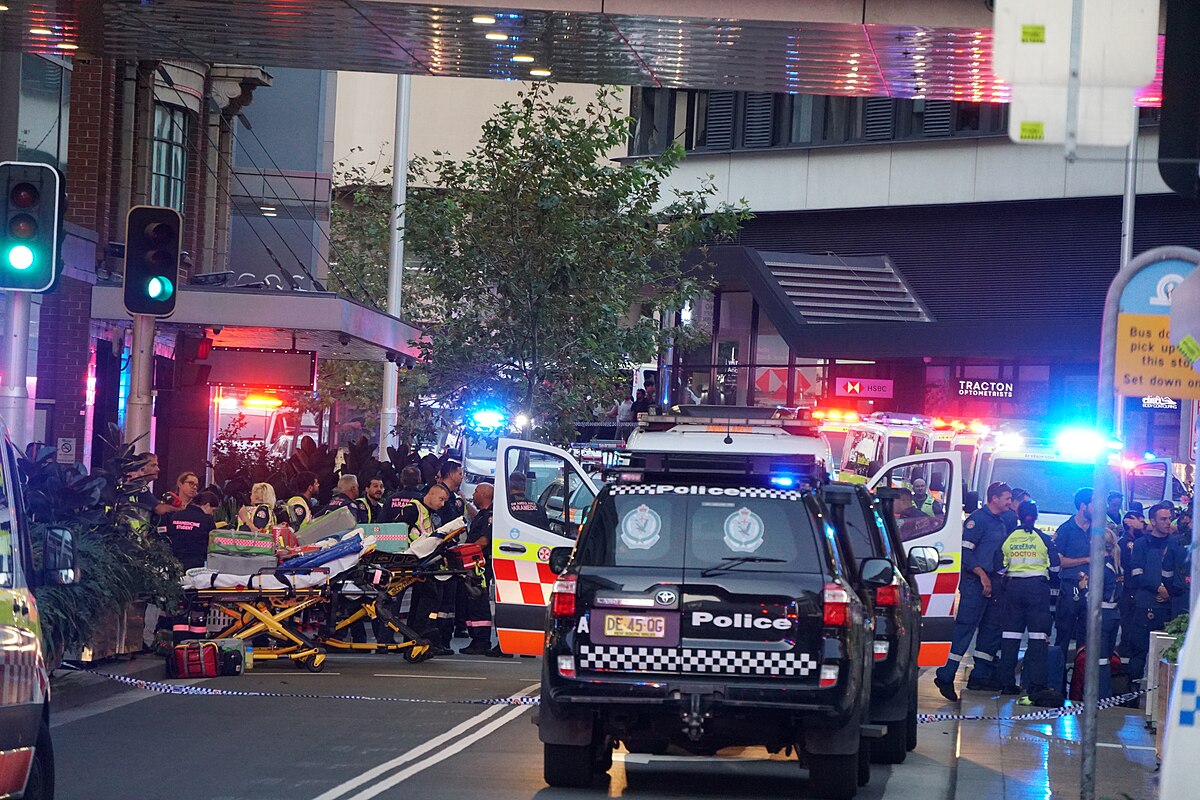Society has a weird way of silencing discussion of the ideological roots of violence against women.
In our recently published article, Sian Tomkinson and I compared the public ‘framing’ of two Sydney knife attacks.
The two attacks occurred in Sydney within days of each other. One involved a man murdering five women (and one male security guard that intervened) at Bondi Junction shopping centre. The other involved a teenager attacking a Coptic cleric during a sermon in Wakeley.
Both attacks were clearly committed by men that had psychological issues. However, one of the attacks was quickly labelled ‘terrorism’ by leaders in politics and security, while the other was dismissed as the actions of a madman.
Our article explores how quickly and effectively this framing heightened social concerns about one threat (religious based terrorism), while dismissing concerns about misogyny as an ideology of violence. This respective framing reproduces a ‘spiral of silence’ around the dangers and impacts of misogyny, while amplifying the fear of religious based violence.
These cases are particularly interesting because directly following the fatal stabbings in Bondi the NSW Police Commissioner Karen Webb commented:
‘‘the videos speak for themselves, don’t they … It’s obvious to me, it’s obvious to the detectives … the offender focused on women and avoided the men’ (Atkinson & Ritchie, 2024).
Here, a leading figure clearly outlines the ideological basis for these attacks. In other words, she is saying something we all know to be true – the attacker killed these women simply because they were women. That is the very definition of ideological extremism. Yet the head of ASIO refused to accept there was an ideological motivation to this attack (Roberts, 2024) , and the PM and most of the media followed that framing.
We conducted a frame analysis of how these attacks were covered in the media. Our analysis clearly indicated that the Bondi attack was generally framed as the discrete result of private and psychological problems, whereas the Wakely attack was generally framed as the result of ongoing, public, and ideological issues.

We are not saying that there was not a psychological element to the Bondi attacks, the perpetrator was clearly disturbed. But we are saying that is equally true of the Wakeley attacks. But for some reason that isn’t considered as relevant by politicians and the majority of the media.
Similarly we are not saying that there was not an ideological motivation behind the Wakeley attacks. But we are insisting that if women are killed just because they are women, that also indicates an ideological motivation. But again, that isn’t made as relevant by the dominant framing.
The reduction of violence against women as being ‘psychological’, and not based in ideology that normalises such violence, means that we treat this as a private issue – NOT the public, ideological issue it actually is.
As we point out in our paper, there are also strong links between misogyny and religious violence, as well as violence and extremism in general. So we reiterate a call we initially made some years ago. If we want to stop violent extremism of all kinds it is time we started to consider misogyny as an extremist ideology and a threat to public safety, not just a psychological disposition.

